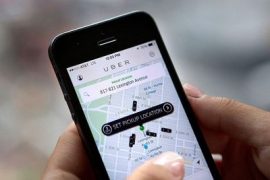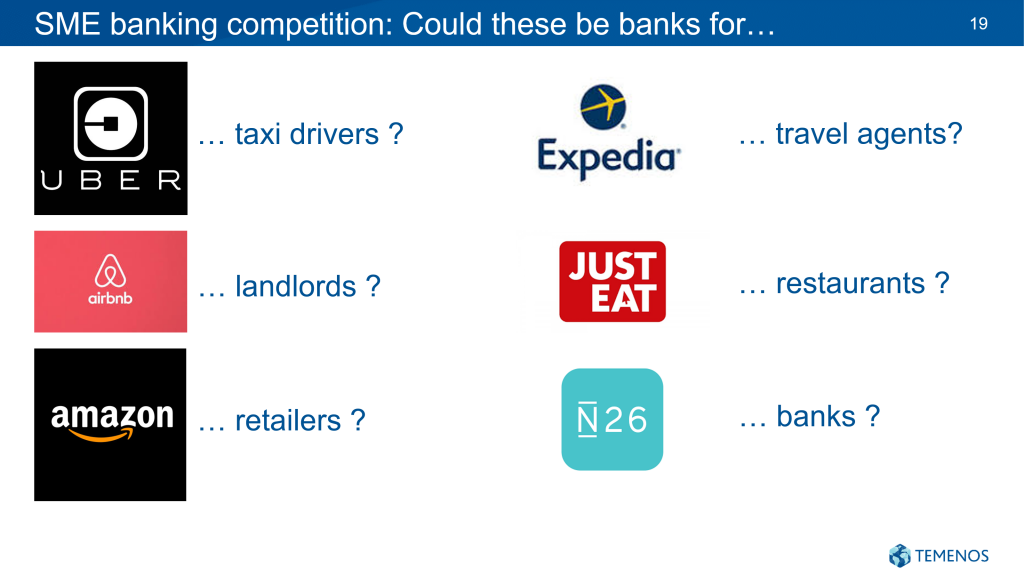Uber-izing banks
A lot has been written about Uber since they arrived on the scene in 2011. Initially, the focus was on what they have done to remove customer friction and they are still a poster child for frictionless journeys.
In doing this they have really challenged established processes and regulations designed for an analogue world, so clearly there is much more to be learned – both good and bad.
For banking, the threat has been that neobanks designed to be digital from the ground up will create the same impact, however, the reality has been far from that. This raises a number of questions:
- Will banks have an Uber moment?
- What will banks Uber moment look like?
- What can banks learn from Uber to avoid being disrupted by an “UberBank”?
Will banks have an Uber moment?
Short answer is yes. So the obvious next question is by who? To answer that, I have to state the obvious. Whether banks are digitising or creating standalone digital offerings, they are simply optimising banking. This is NOT what Uber did. Let me explain. Yes, Uber removed the friction of getting a cab and paying for a cab, so created a much better consumer experience – this is what banks and neobanks are doing in the digital space today.
Now look at the other side of the platform, Uber allowed ANYONE to become a cab, they didn’t recruit their own drivers. The banks’ equivalent would be that they are pure aggregators allowing anyone on their platform to provide banking products. So this is a business model shift, not just a better customer journey.
What will banks Uber moment look like?
If you saw my post on the Amazon-ification of banking, the threat of Uber to banks is not that they are losing their consumer customers, but it is losing banking for drivers. This doesn’t mean that Uber couldn’t reach the consumer for banking, in the future Uber could manage driverless cabs on behalf of wealthy consumers that invest in cabs like landlords rent out properties. However, as much as this is a threat, I don’t see this as the Uber moment for banking.
The Uber moment will come, not when banks make banking frictionless, but when the business model changes. For example, if someone provides banking in their customer experience, but derives most of their profits from non-financial products and services. After buying a house, a wedding is one of the largest expenses most of us will incur. Imagine if confetti.co.uk (a marketplace for wedding products/services) provided financial services behind their service (insurance for the event, a loan, investment for cash gifts, etc.). Or as Amazon have done, provide finance for merchants, or as Uber have provided accounts and finance for taxi drivers; could Airbnb provide finance for landlords? Who else could provide tailored banking with services beyond financial products?
Banking for:
What can banks learn from Uber to avoid being disrupted by an UberBank?
My key takeaways are as follows: firstly, cost optimisation and removing friction will make you competitive against existing banks for sure, but disruption will truly occur when the business model has changed and that includes re-inventing products (e.g. P2P lending, crowdfunding, etc.)
Secondly, many banks have invested in creating or updating mobile solutions and have tried to impress customers with better user interfaces (UI), but a better UI is not what customers value most. Optimising a user journey – the ease of completing a task will leave a lasting impression with customers. Opening an account in two minutes, setting up a new payee by scanning a QR code – anything that takes effort and time out of a customer journey is hugely valued, but also easily copied. This is when the model changes to something that existing players can easily replicate – your unique selling proposition, your competitive differentiation (call it what you like) – is the thing that not only protects you, but also allows you to disrupt.
Uber is seen as a digital company, but one of the key things they do in the bionic approach is that they have staff that perform random checks on drivers validating even the cleanliness of cars, while online reviews of drivers provides some assurance to passengers of safety of the driver. This is part of their USP, you don’t get this from cabs you hail down in the street. Even Amazon added a call centre and online chat supported by humans to provide support beyond pure automation and to meet customer needs.
So you see, it’s not just about being frictionless and it’s not pure digital. What drives disruption is solving real customer problems or needs by leveraging technology to enable significant beneficial change.
 Dharmesh Mistry has been in banking for 30 years and has been at the forefront of banking technology and innovation. From the very first internet and mobile banking apps to artificial intelligence (AI) and virtual reality (VR).
Dharmesh Mistry has been in banking for 30 years and has been at the forefront of banking technology and innovation. From the very first internet and mobile banking apps to artificial intelligence (AI) and virtual reality (VR).
He has been on both sides of the fence and he’s not afraid to share his opinions.












































Uber banking idea.I hope banks and Fintechs are geared for this disruptive concept.